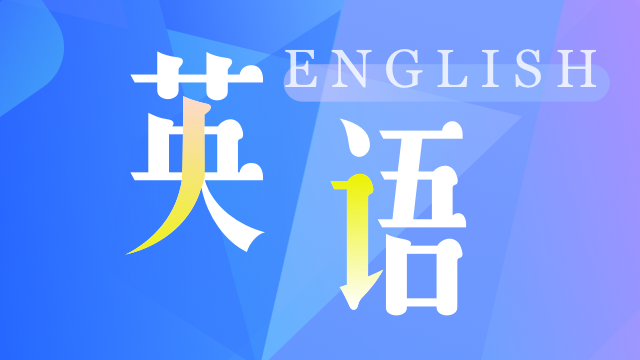英语中二十四节气的表达方式
中华传统文化源远流长,二十四节气是中华文化的结晶,二十四节气起先是用来判断农业耕作时间,伴随着季节变化,各有不同的魅力。那么多久爱知道二十四节气英语的相关表达方式吗?如果你也不太清楚的话,今天就跟着我一起来看看吧。
二十四节气——春季节气
(1)"立春"(the Beginning of Spring)
suggests the start of the spring season, which usually falls on the 3rd - 5th of February.
(2)"雨水" (Rain Water)
18th -0th of February, implies the coming of more raining time.
(3)“惊蛰" (the Waking of Insects)
Animals are woken up by the spring thunder. Thus the time is called“惊蛰,”the start of thunder, which is usually from March 5th to 7th.
(4) "春分" (the Spring Equinox)
The equal length of daytime and nighttime (日夜平分). The term is usually on the 20th -22nd of March.
(5)"清明"(Pure Brightness)
4th -6th of April, tells that the weather is getting warmer, grass and plants are turning green, a picture of new life is starting.
(6)"谷雨"(Grain Rain)
19th -21st of April, tells that rainfall is increasing. Ancient Chinese would say"雨生百谷"(rainwater helps promote the growth of hundreds of grain).
二十四节气——夏季节气
(7)"立夏" (the Beginning of Summer)
5th - 7th of May, means the end of Spring and the start of Summer.
(8)“小满”(Lesser Fullness of Grain)
Implies that plant seeds (fruits) are getting full but are not ripening yet. The term is usually on 20th -22nd of May.
(9)"芒种"(Grain in Beard)
5th -7th of June, means that plants with beard-like wheat or barley are ripening and are ready for harvesting.
(10)"夏至" (the Summer Solstice)
Means that hot summer is coming.“夏至”is usually on the 21st-22nd of June, and the daytime of that day is the longest in a year.
(11)”小暑"(lesser Heat)
6th -8th of July, means the days are getting hotter.“小暑”means" heat."
(12)"大暑"(Greater Heat)
22nd-24th of July, is the hottest period in a year.
二十四节气——秋季节气
(13)"立秋"(the Beginning of Autumn)
7th - 9th of August, means the end of summer and the start of autumn.
(14)“处暑”(the End of Heat)
Implies that the hot summer is coming to an end.“处暑”means the "end." The term is usually on the 22nd - 24th of August.
(15)"白露" (White Dew)
7th-9th of September, refers to the white dew condensed during nighttime when the temperature gets lower start appearing.
(16) "秋分” (the Autumn Equinox)
Implies the equal length of daytime and nighttime. It also means that Autumn, already been split into two parts, lies between“立秋”and “立冬.”The term is usually on the 22nd and 24th of September.
(17)"寒露" (Cold Dew)
8th -10th of October, means that temperature is getting lower and more dew appears.
(18)"霜降"(Frost’s Descent),
23rd -24th of October, implies the emergence of white frost due to the on-the-increase cold weather.
二十四节气——冬季节气
(19)"立冬"(the Beginning of Winter)
7th -8th of November, means the end of Autumn and the start of winter.
(20)"小雪”(Lesser Snow)
22nd-23rd of November, means the start of snowfall because of the cold weather.
(21)"大雪”(Greater Snow)
6th -8th of December, means great snow and more accumulated snow on the ground are easily seen.
(22)"冬至"(the Winter Solstice)
Implies the arrival of the coldest time in winter. The term also tells that daytime on that day is the shortest in a year. The term is usually on the 21st -23rd of December.
(23)"小寒"(Lesser Cold)
5th - 7th of January, tells the start of the coldest season in a year.
(24)"大寒" (Greater Cold)
20th - 21st, means the coldest time of a year.
二十四节气英语的相关说法大家都了解清楚了吧!大家也可以多多积累相关知识!如果您对英语学习感兴趣,想要深入学习,可以了解沪江网校精品课程,量身定制高效实用的个性化学习方案,专属督导全程伴学,扫一扫领200畅学卡。

- 相关热点:
- 时代英文怎么说











